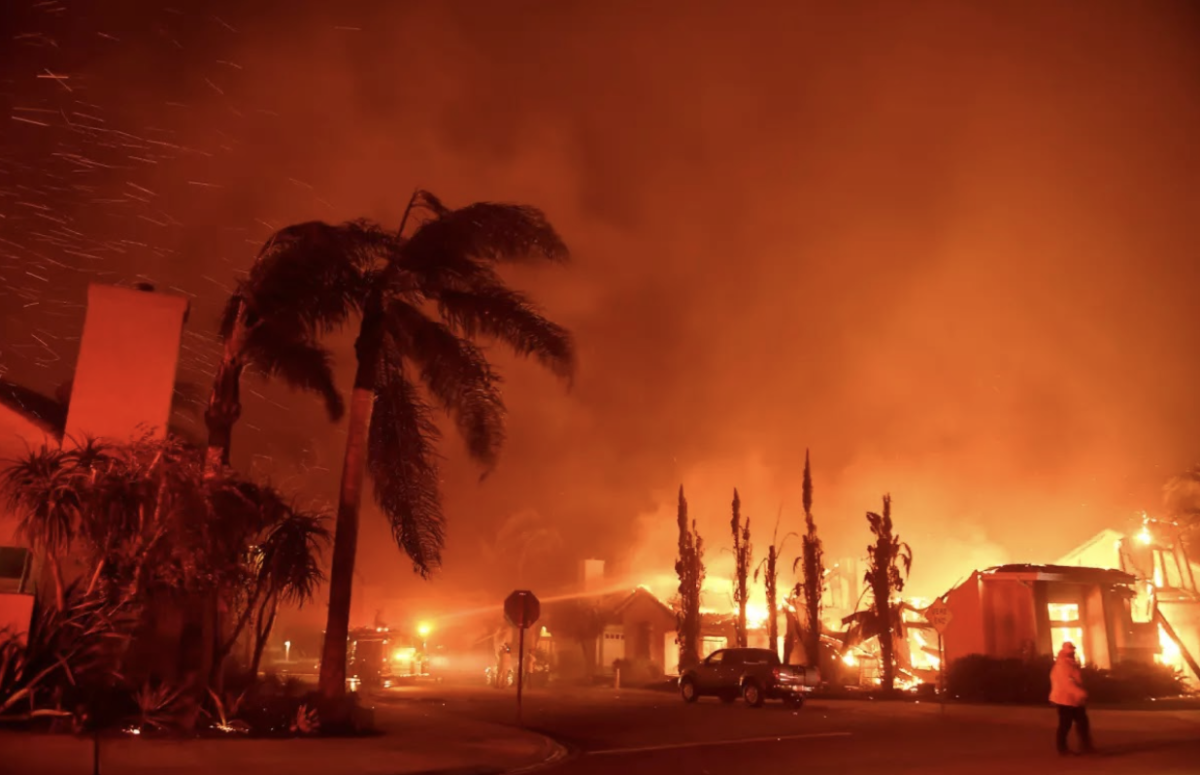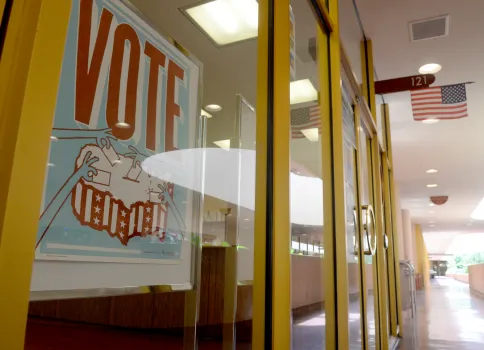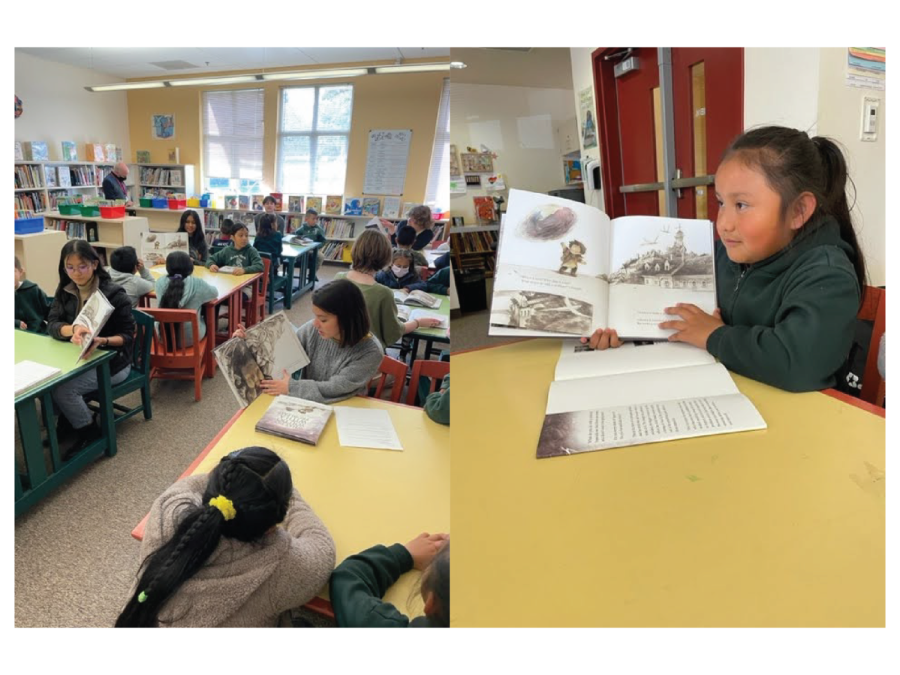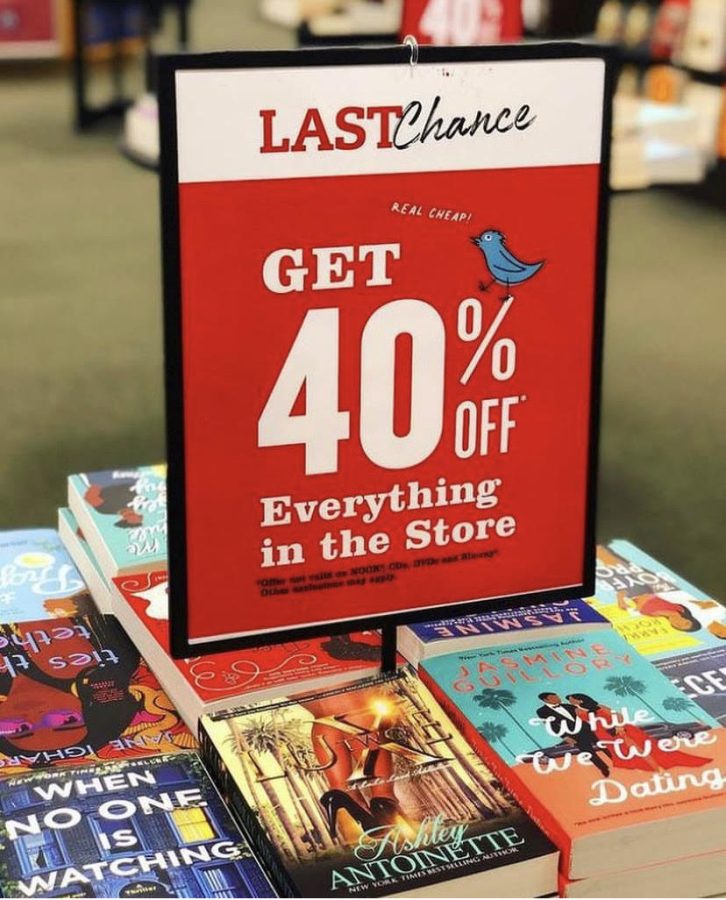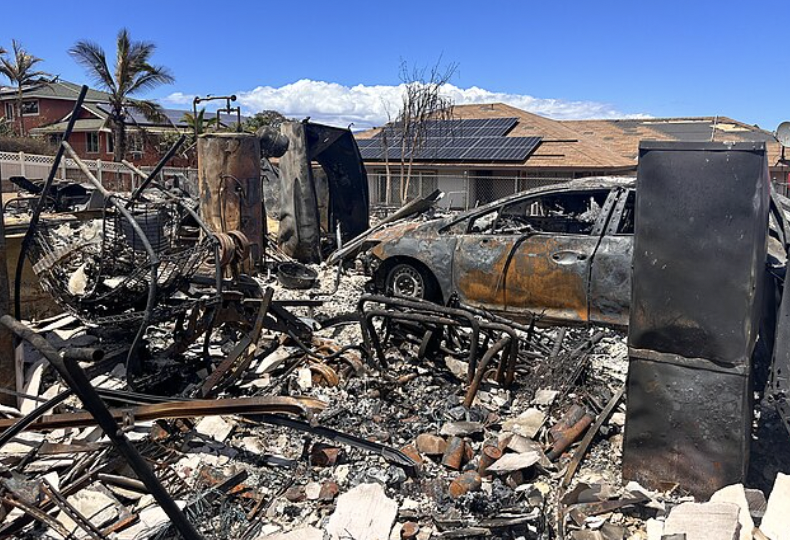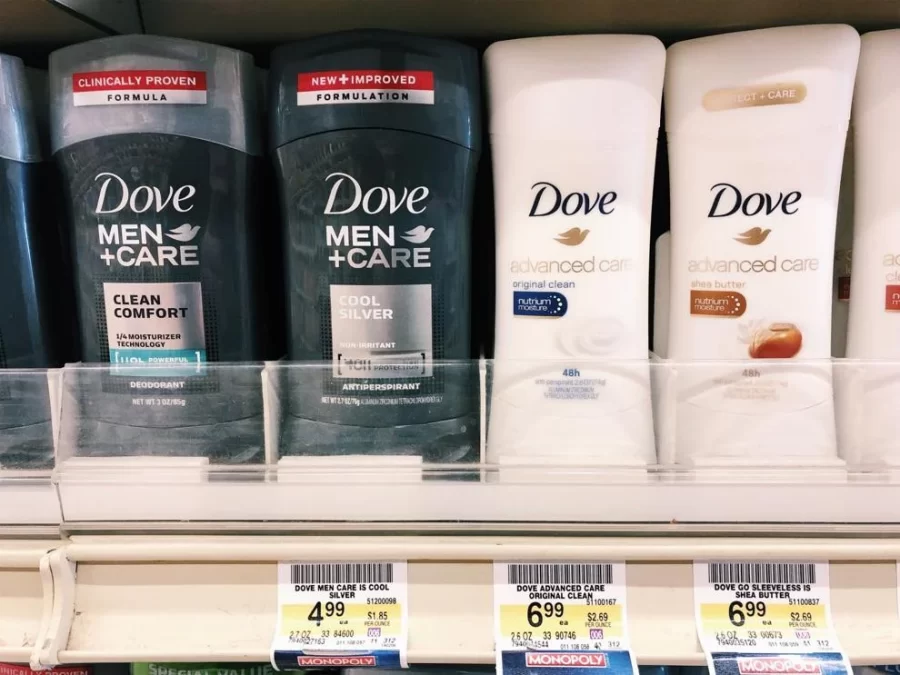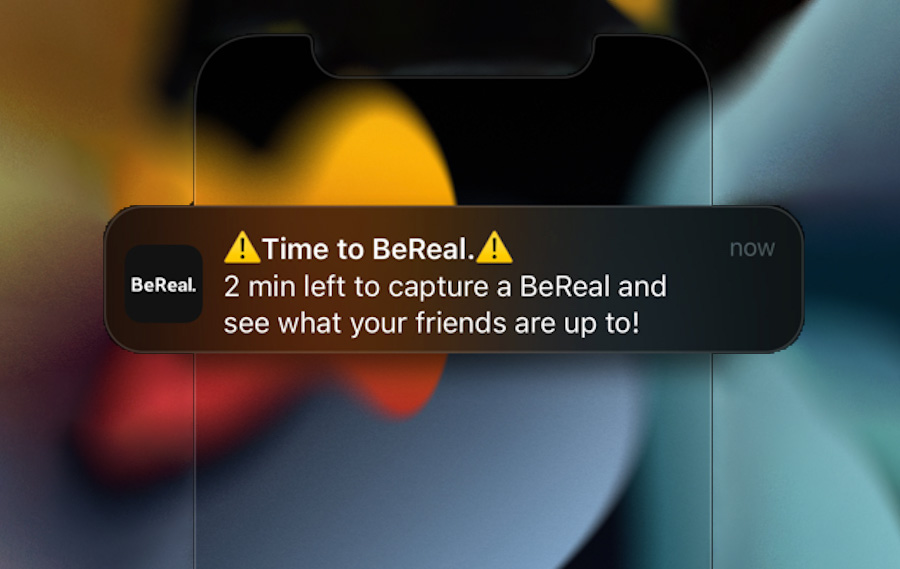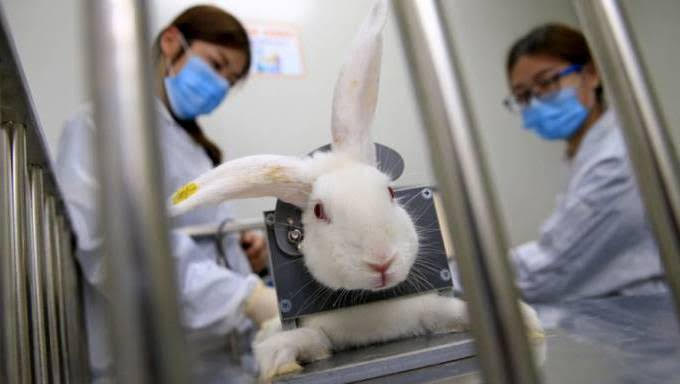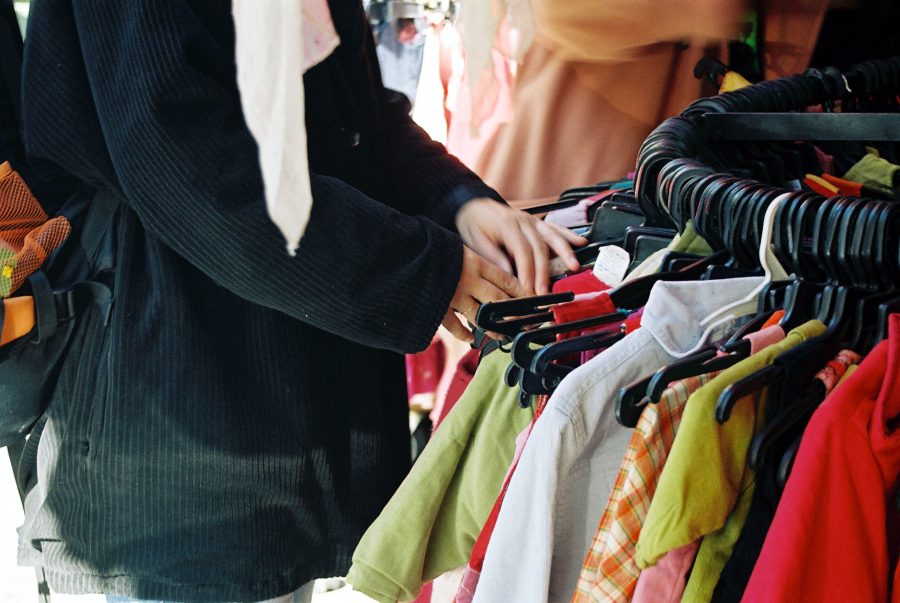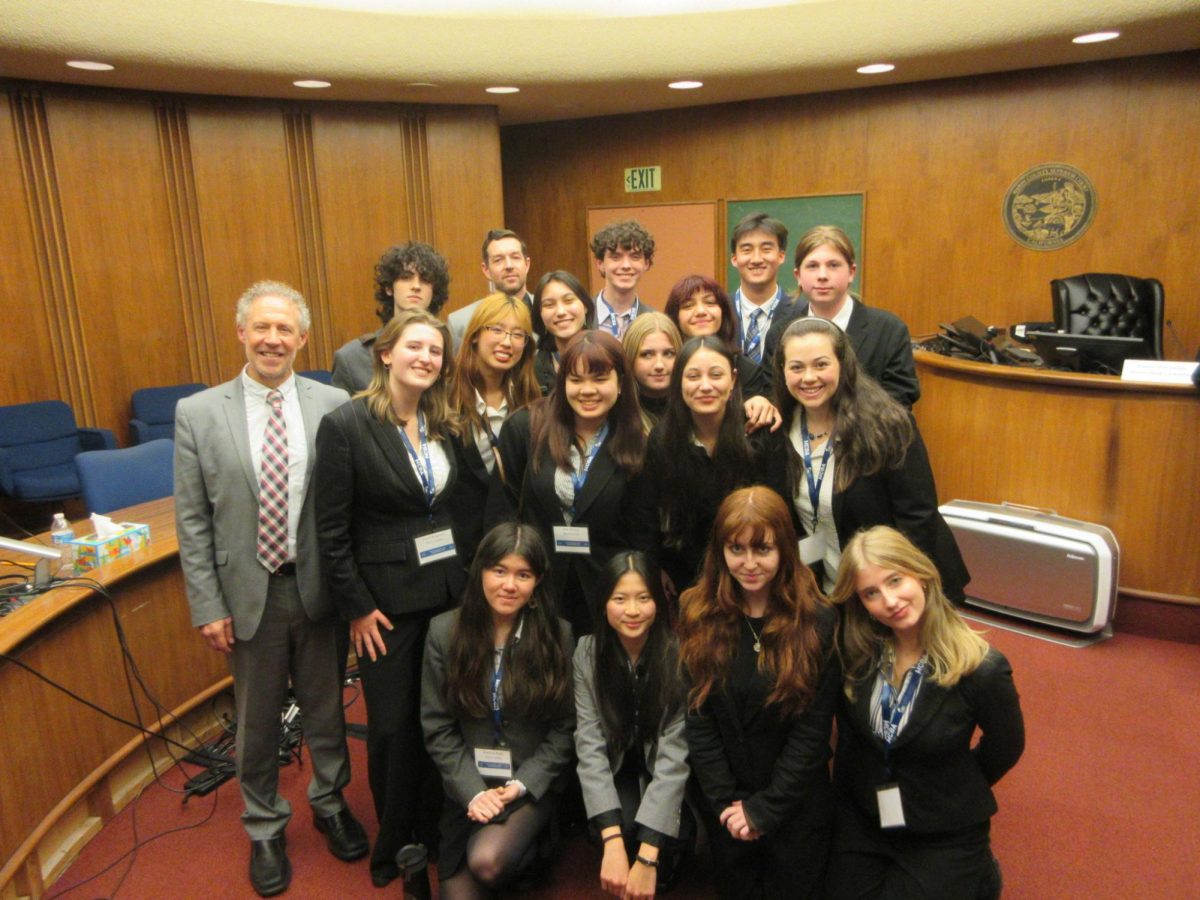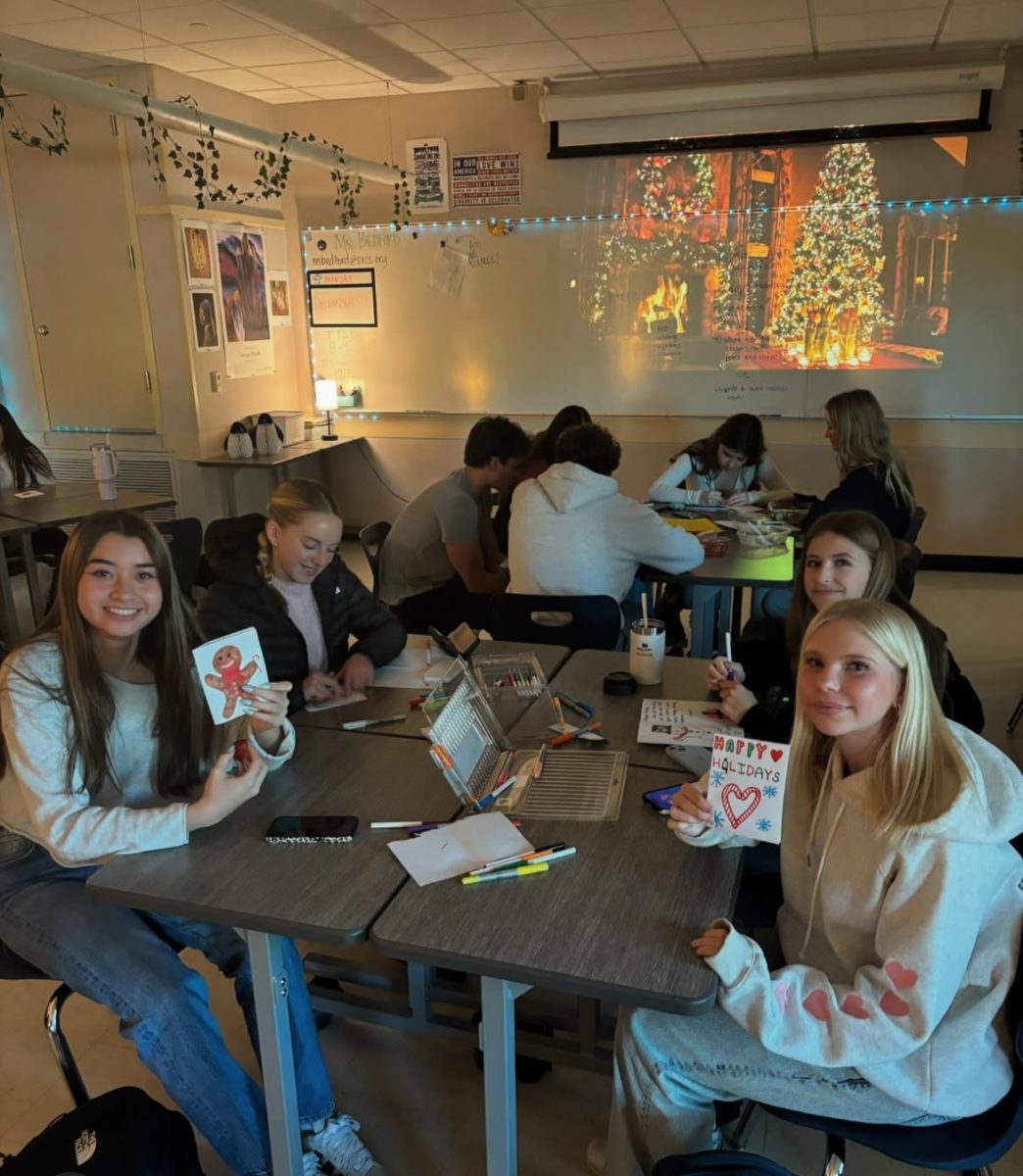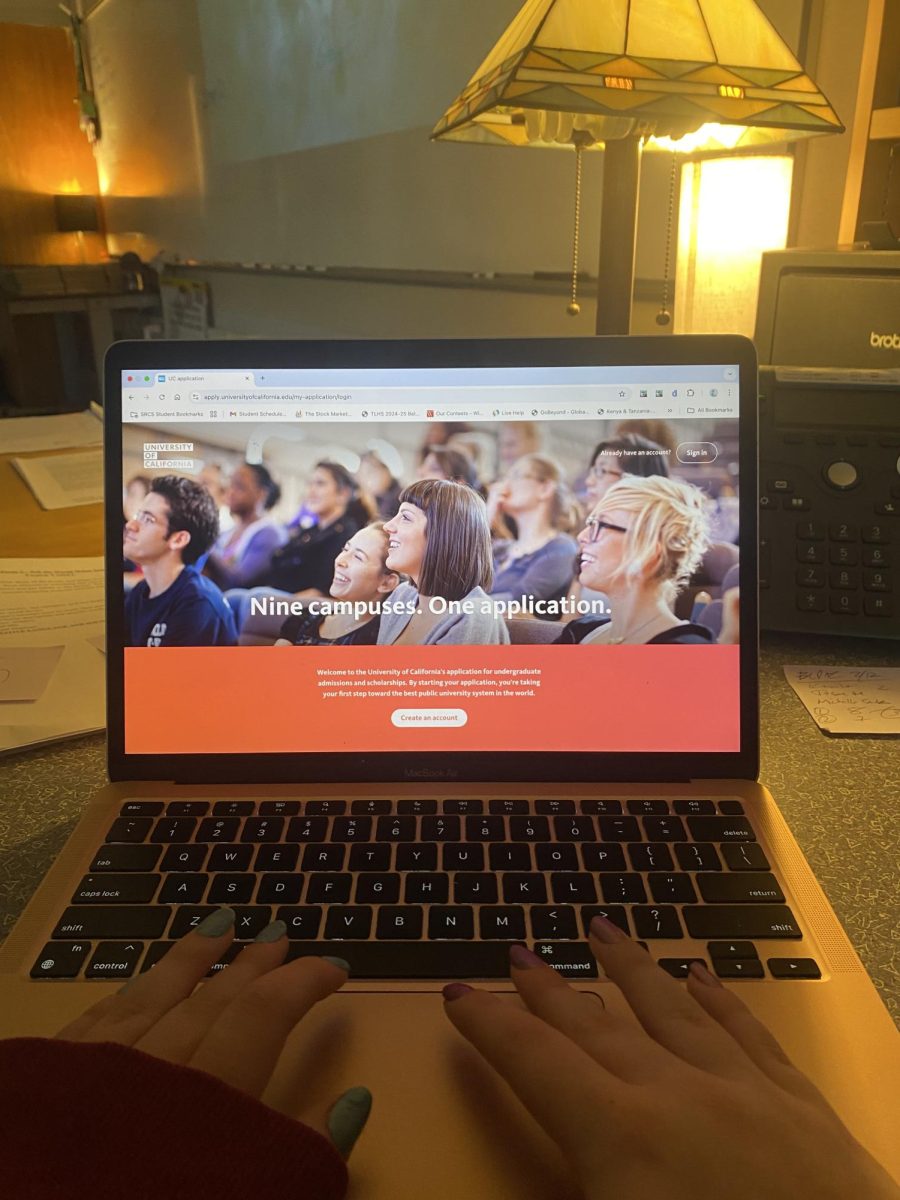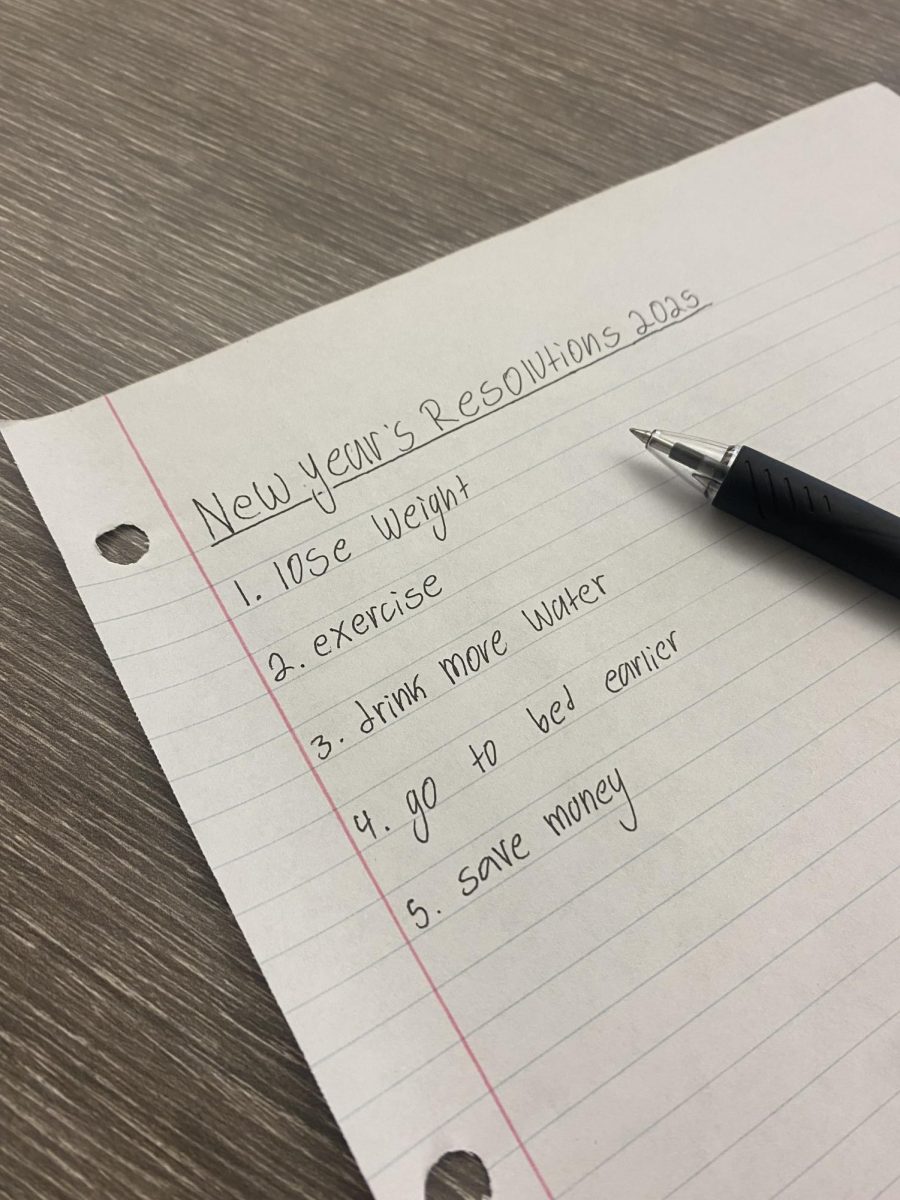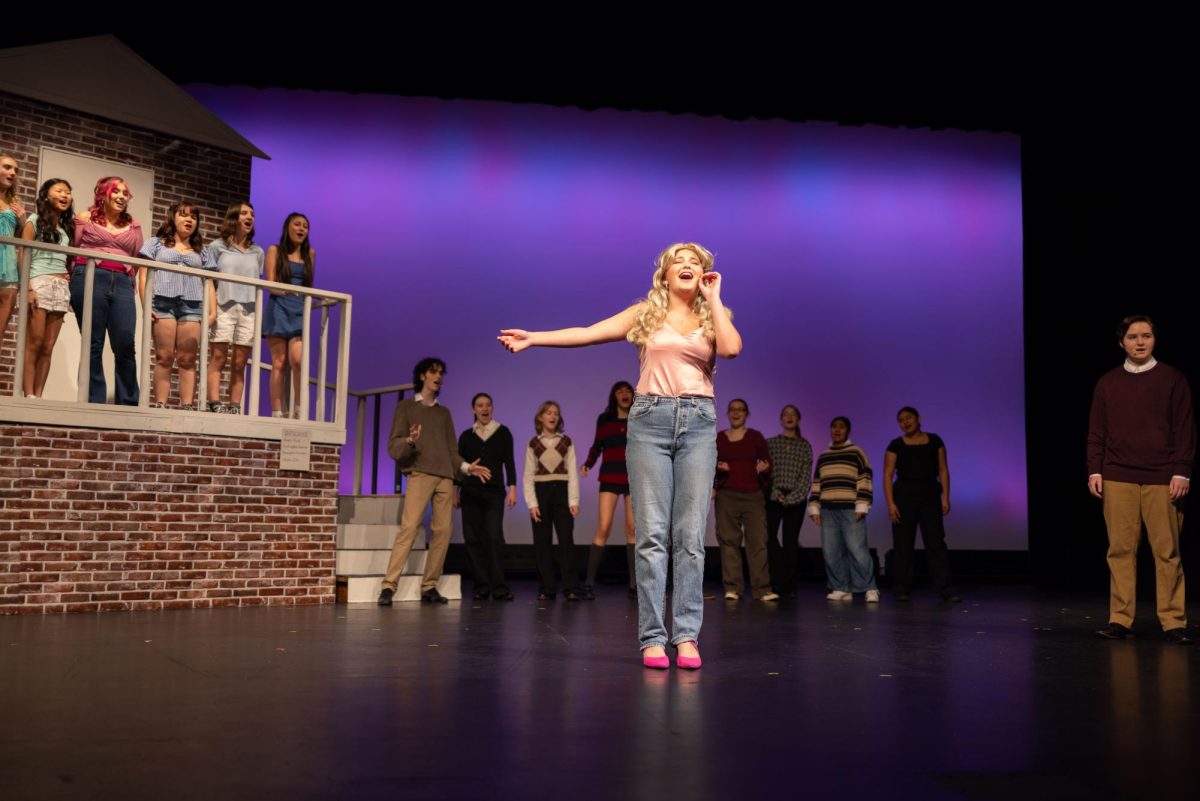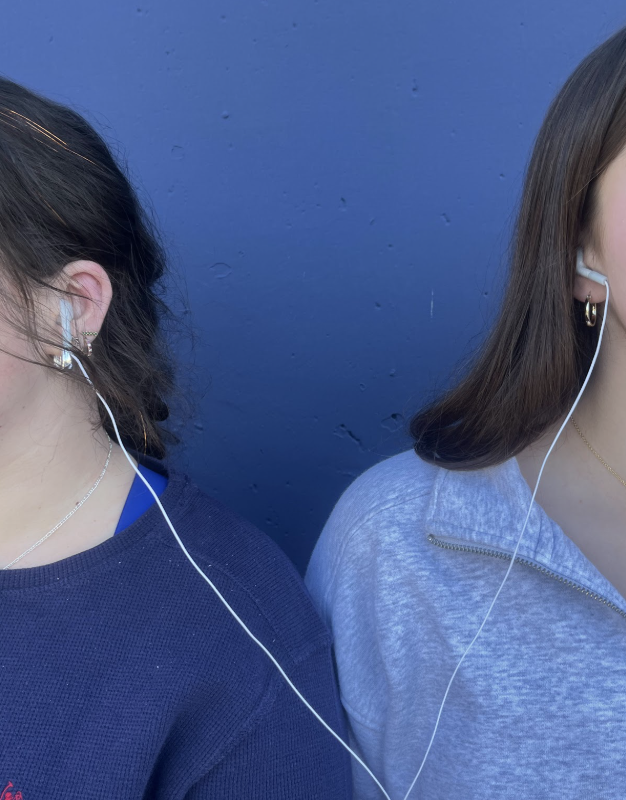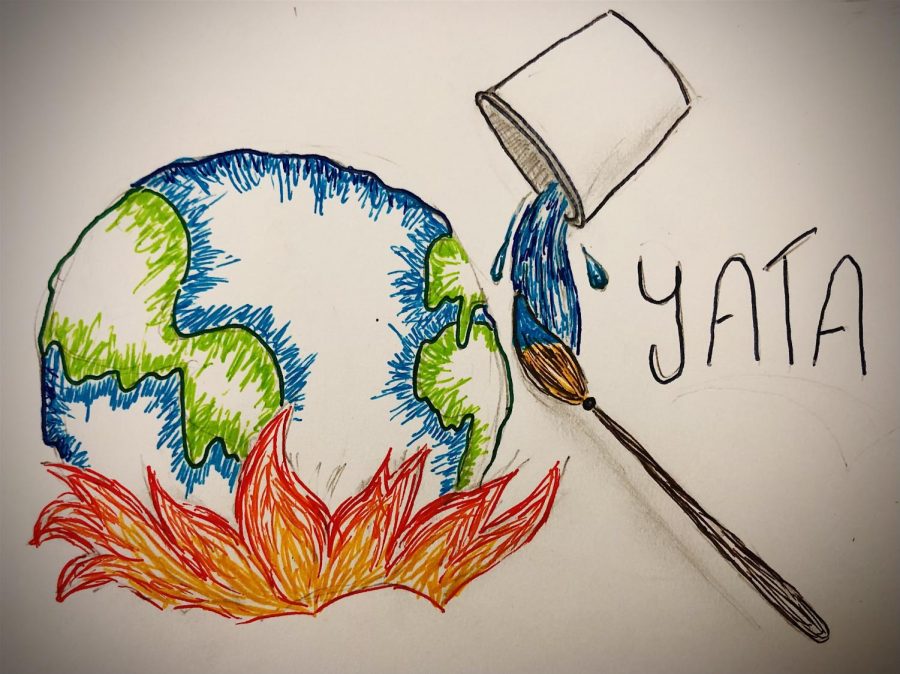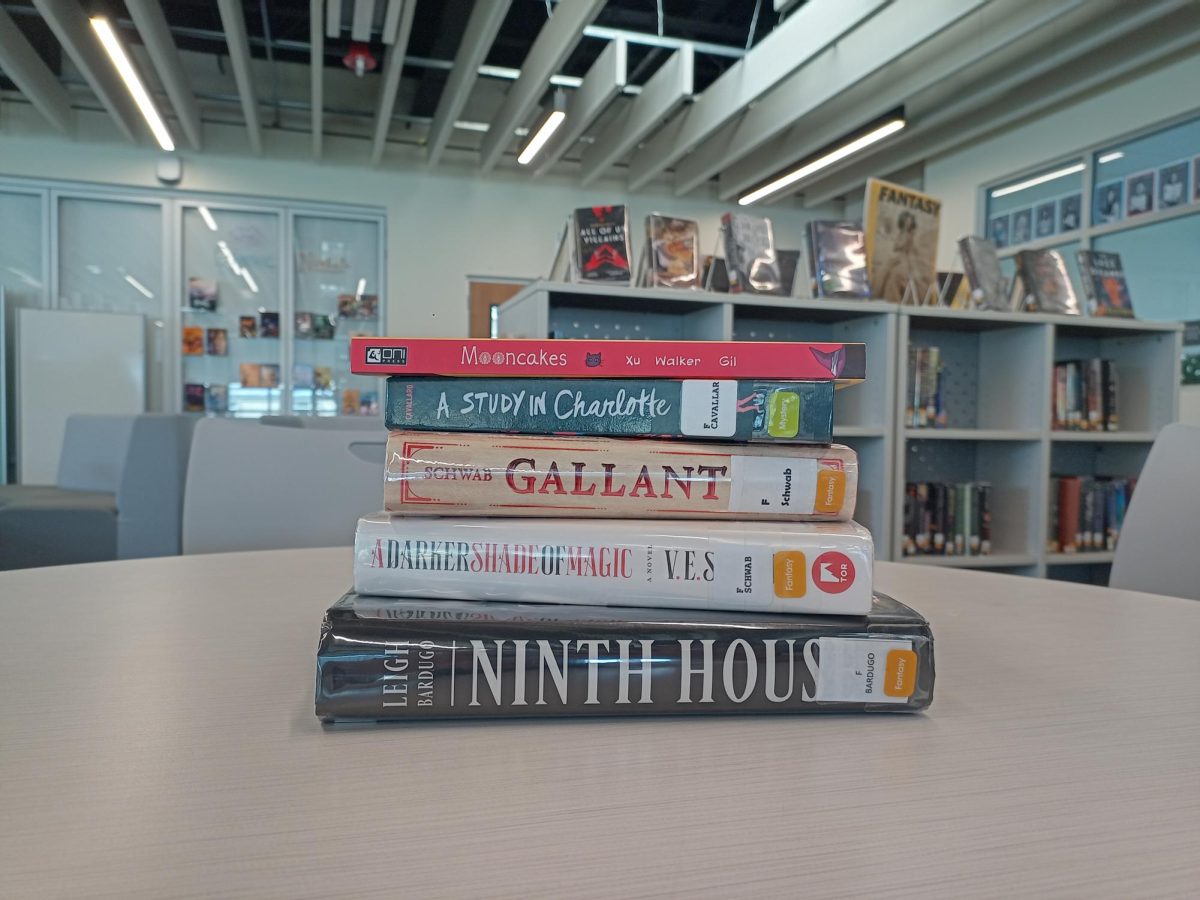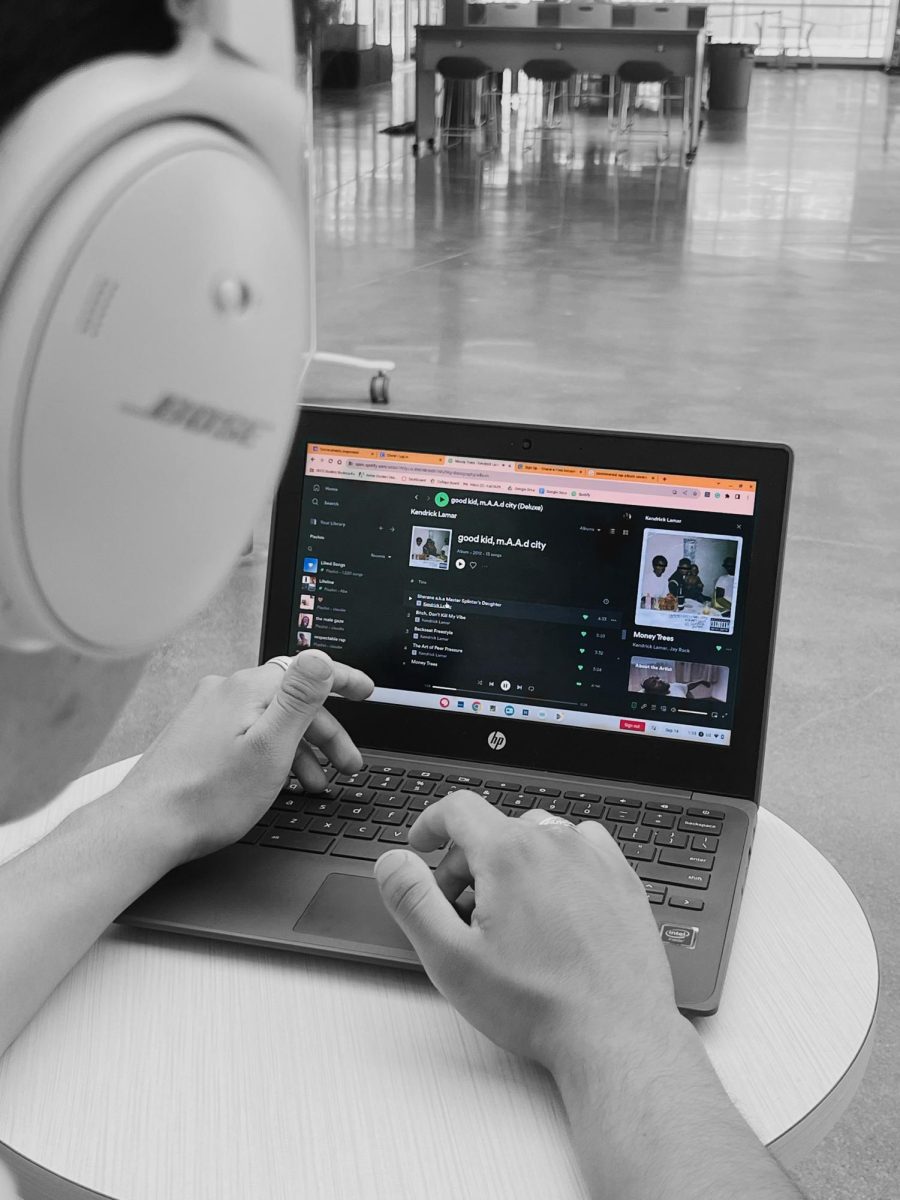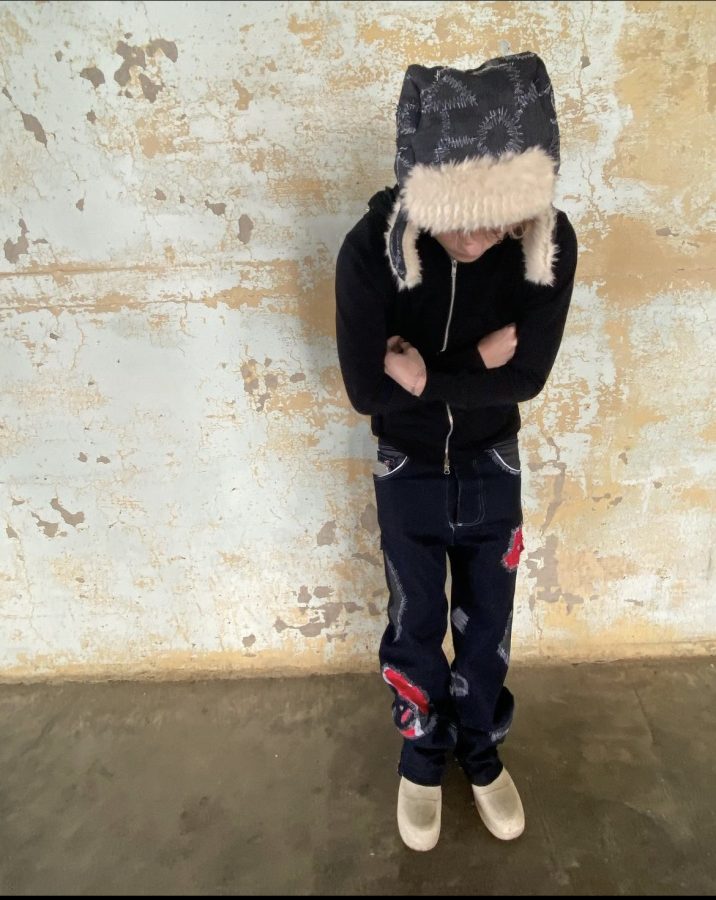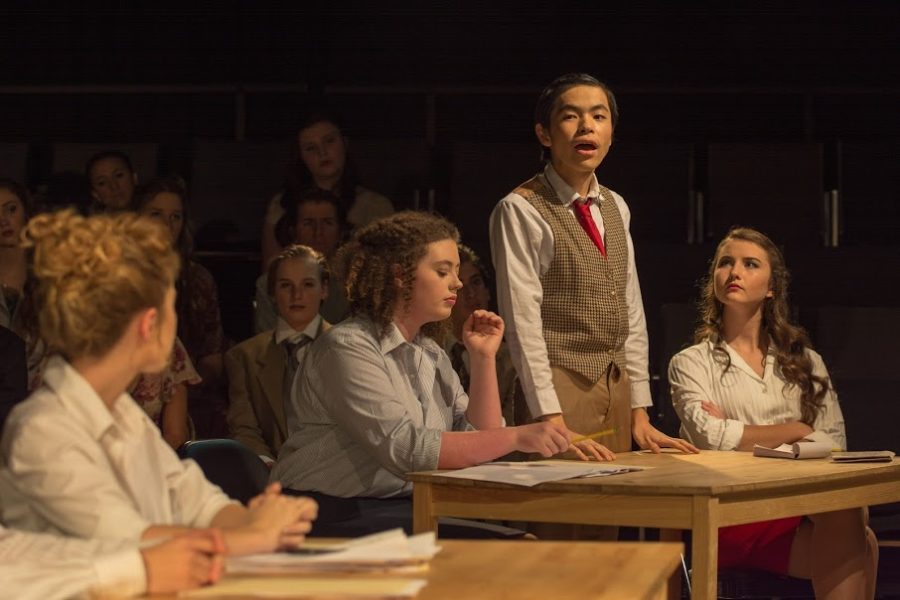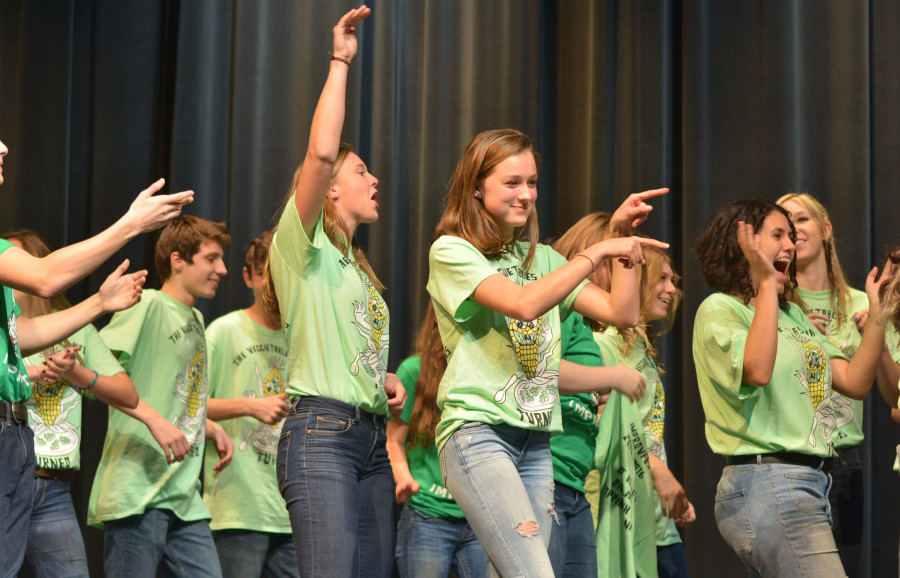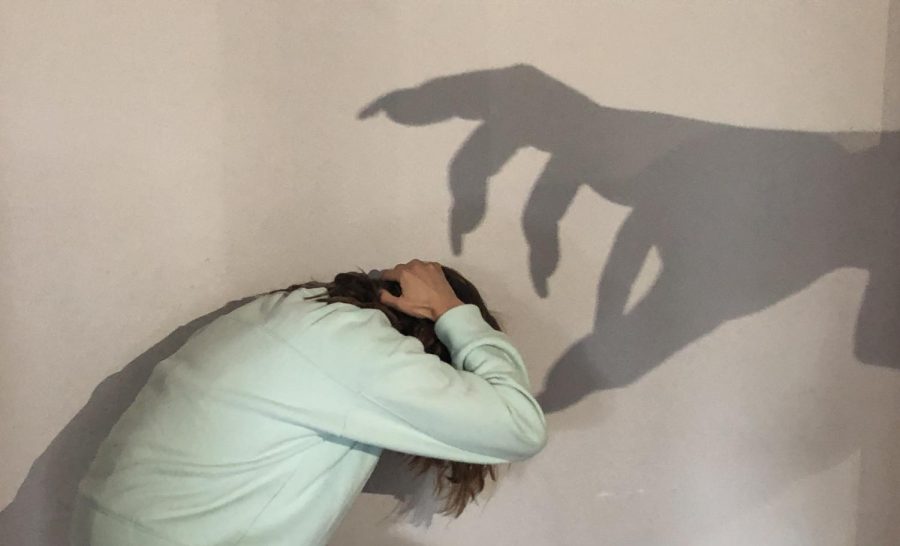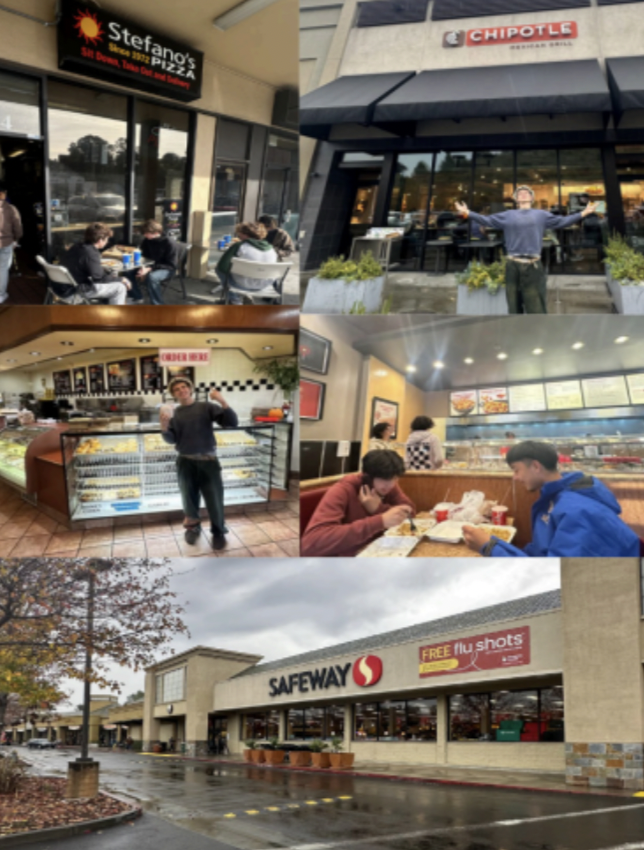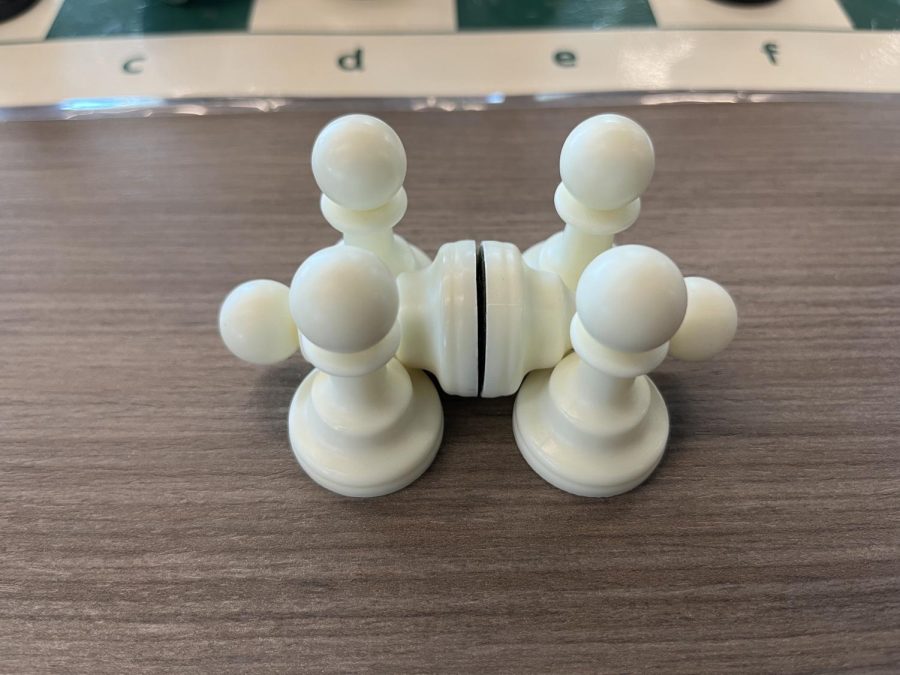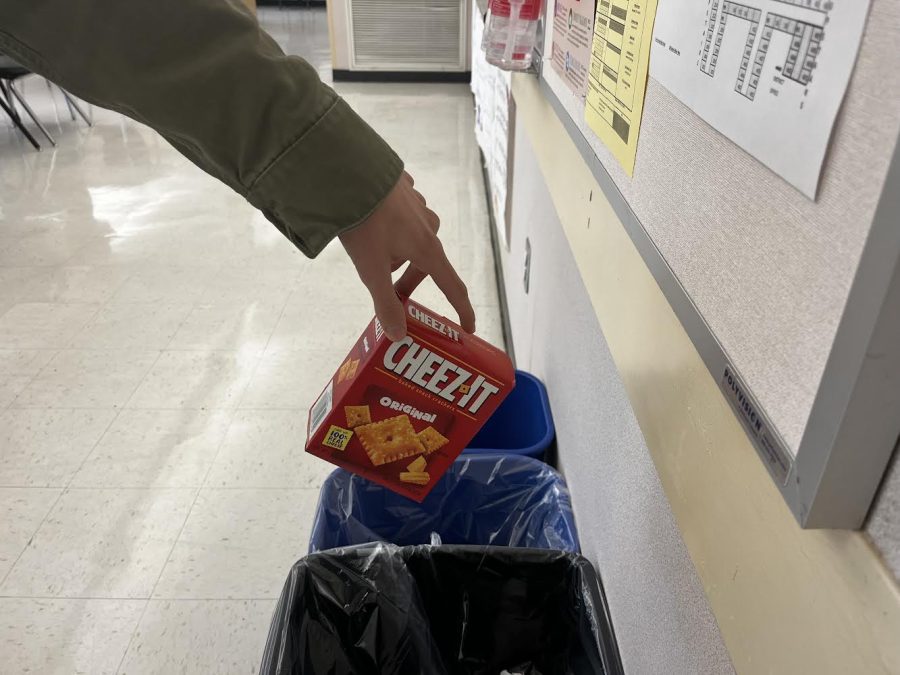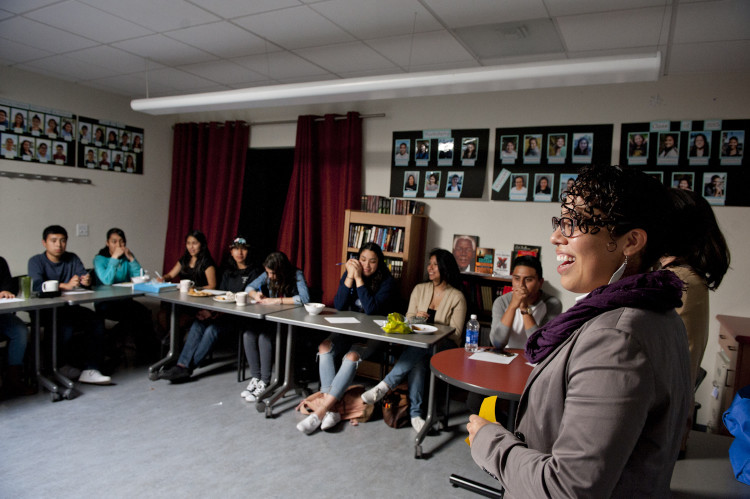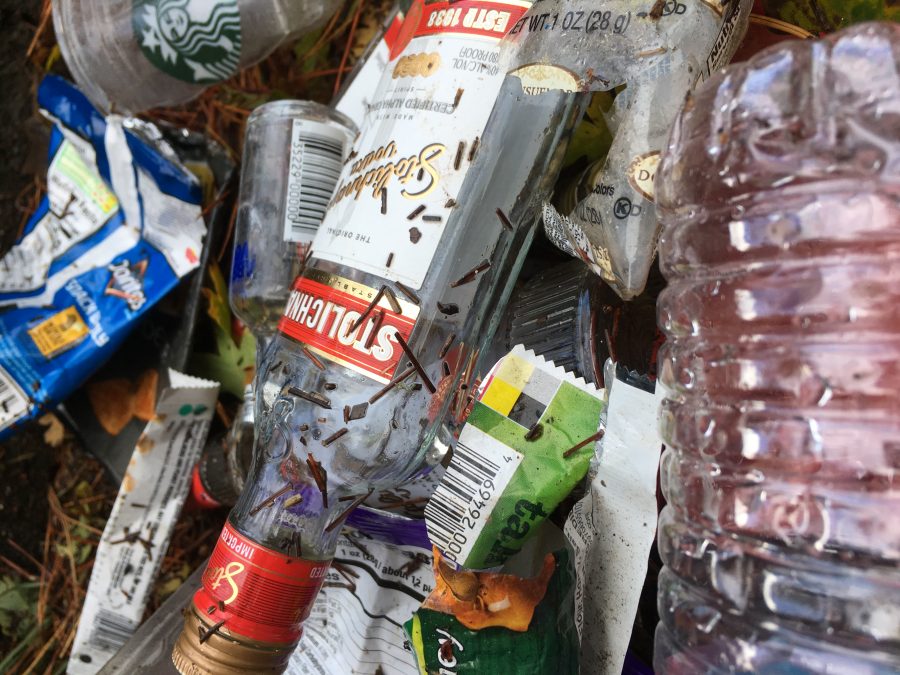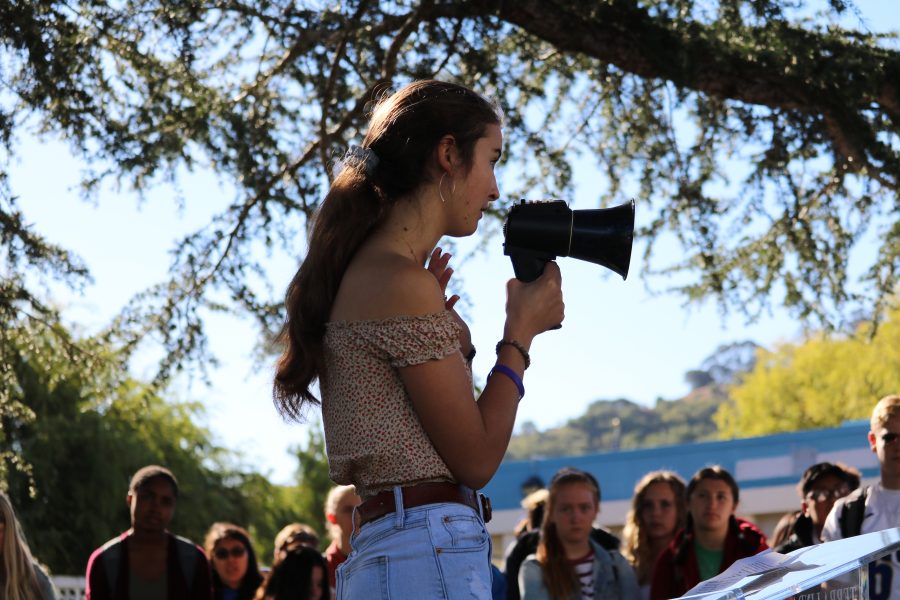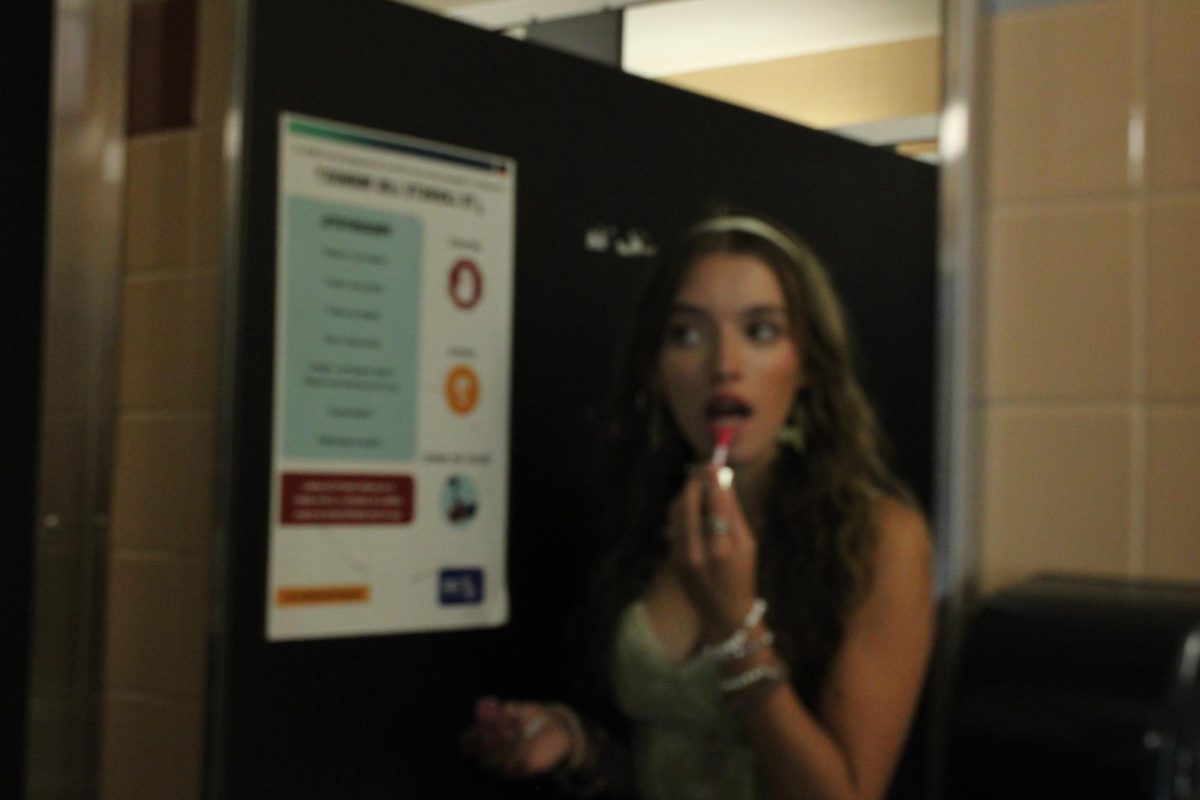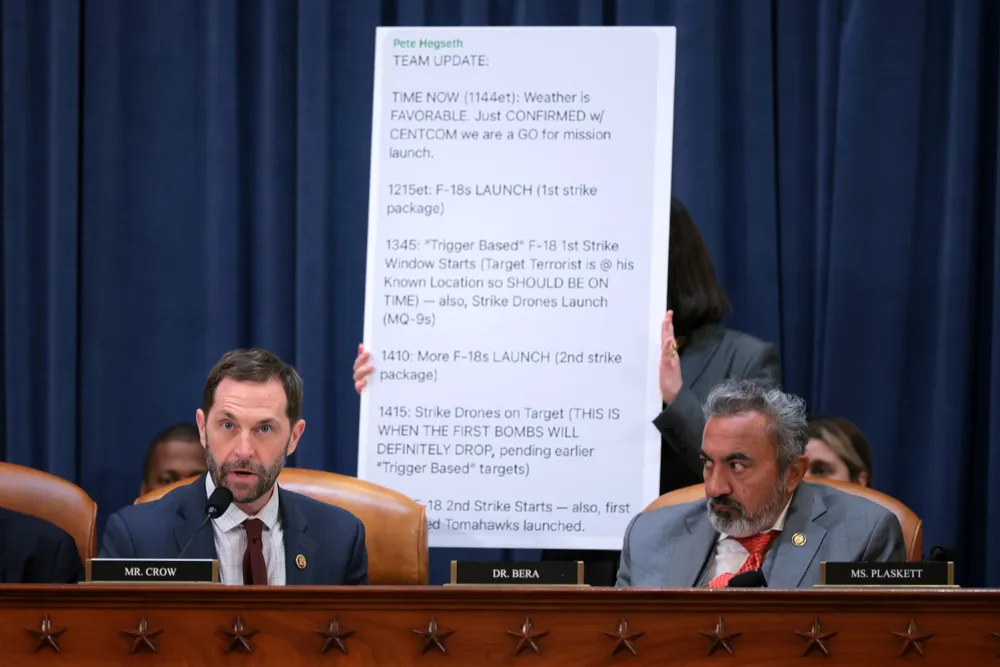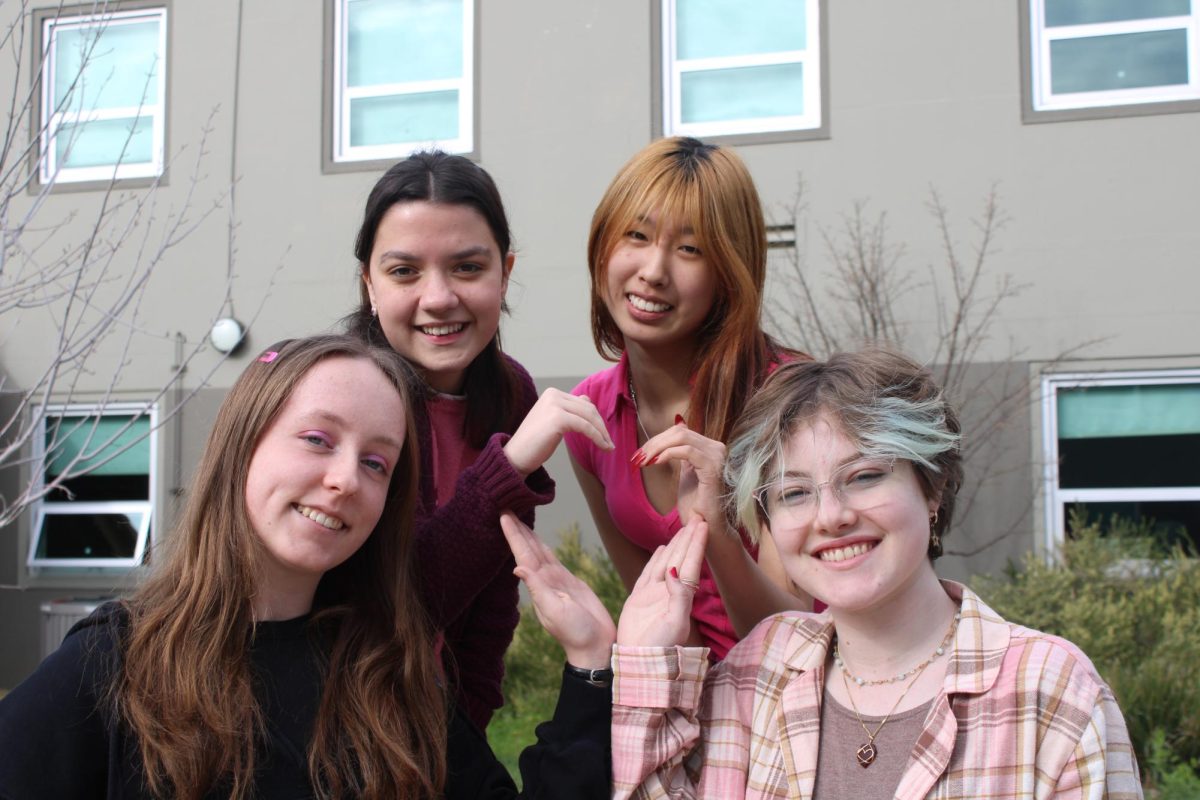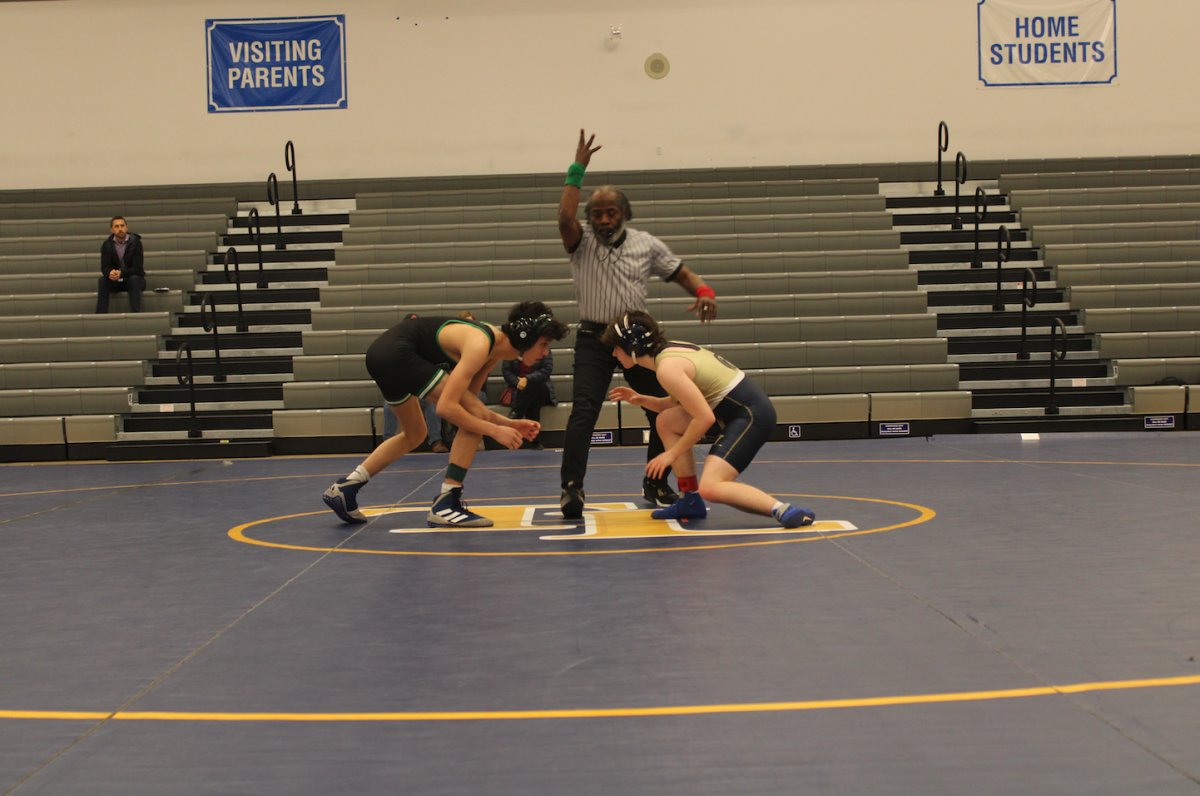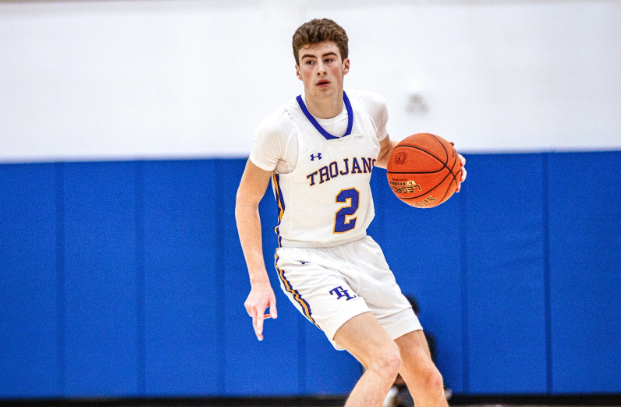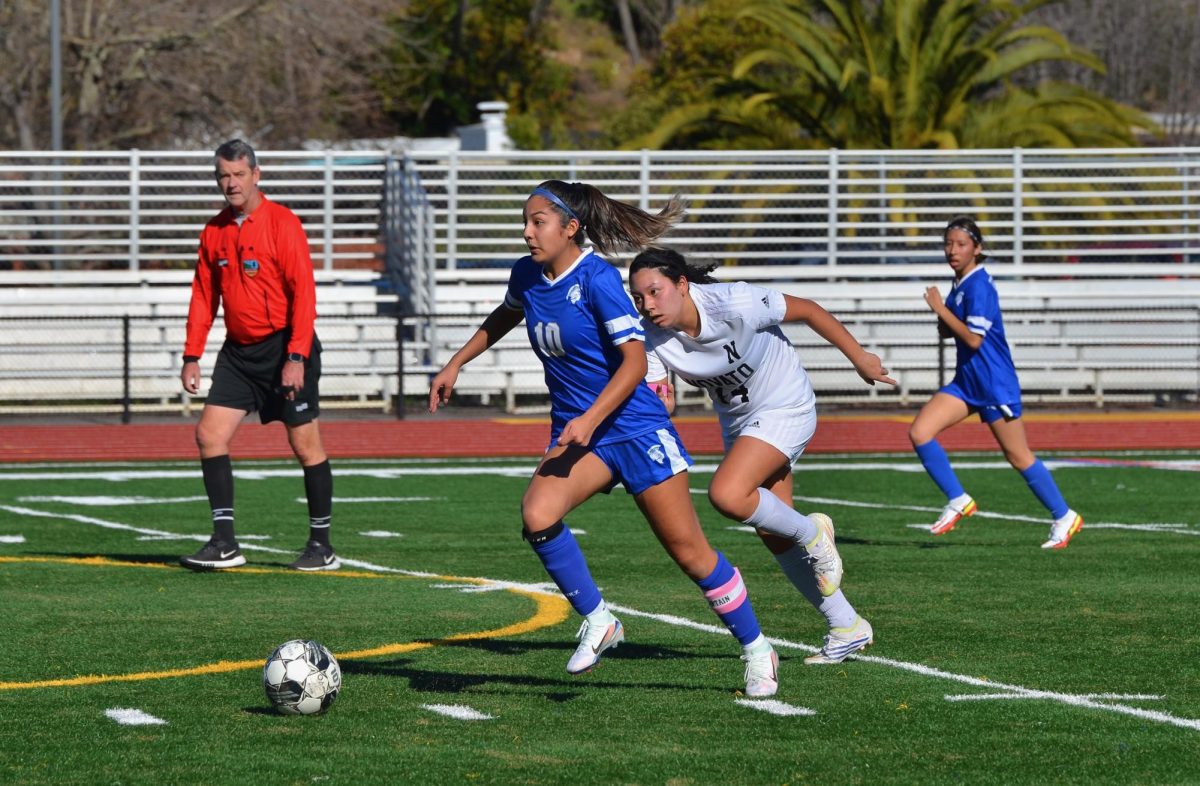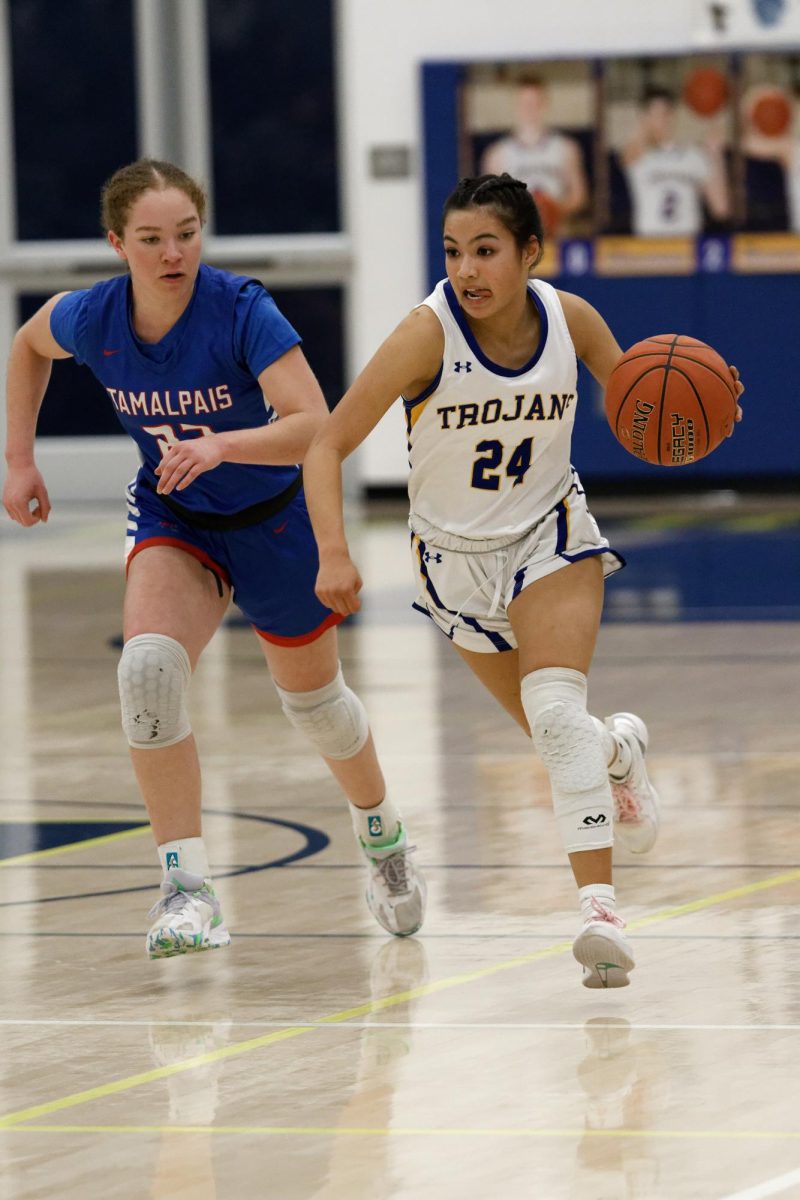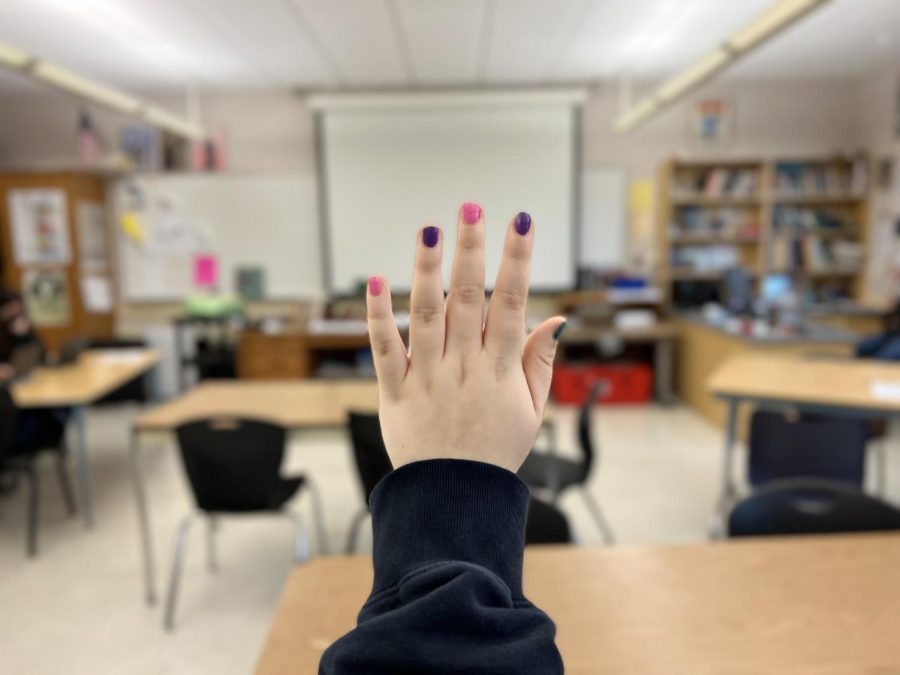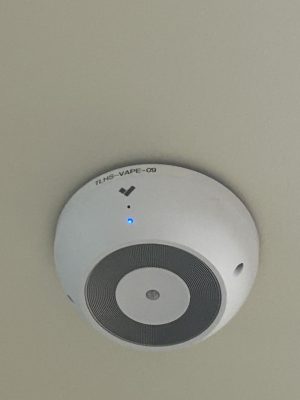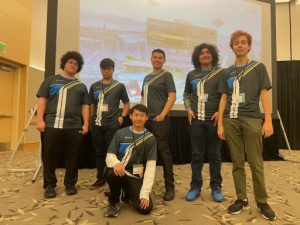Sublemental Learning
December 13, 2021
A new trend has evolved in our classroom: the appearance of more substitutes than actual teachers since the beginning of the school year. Coupled with the learning loss of being online for the previous school year, learning this year went into overdrive to give teachers a sense of where their students last left off. But students do not have enough time to wait for their teachers to return from their sick leave and learn any content that was missing from last year, almost completely online, and into a new year with new content that they are generally expected to know. The snowball effect is catastrophic to students’ learning.
Dallas Hartwell, a history teacher at Terra Linda, who recently took time off for the birth of his daughter, gave his perspective: “We’re in a really precarious time, so it has put a lot of pressure on teachers, specifically because there’s a significant shortage of substitute teachers.” Hartwell elaborated how the pay of substitutes has increased to about $200 per day, which is almost the same amount a new teacher would make in nearby districts. It’s evident that the district is in dire need of substitute teachers in order to compensate with the time teachers have been taking off.
The issue of educators leaving their careers for a range of reasons, from ability to retire early, to the strains of teaching during the pandemic that proved to be dangerous to teachers, specifically those with underlying health conditions. “On a personal level, there has been more need to develop collaboration between my students than previous, which I think just stems from taking a year off from in-person schooling.” Substitutes are a band-aid to the current issue but more and more, they are being overworked in order to meet the increased demand from teachers taking COVID-19 precautions and staying home to avoid potential transmission in our communities.
Not all substitutes feel this way of their work, however. Sharon Gonzales, a frequent substitute, likely in your classes, shared, “On the contrary, I’m actually in school right now working on my special education credential. And I feel like it’s encouraged me to pursue my dreams.” Gonzales was able to look at the positive side of things and although she acknowledged the increase in substitute requests, she shared that it’s indirectly helping the pursuit for her credential. The work of students and their newly developed skill of independent problem solving has improved and is one of the many benefits that students have gained to their advantage in real life. Gonzales credits the students through it all, “…what I see all the time is this generation stepping up and becoming [the] teachers…”
The shortage of teachers actually showing up in person, which causes substitute teacher requests to rise, is not the only problem. Recovering from a school year where assignments were submitted online, help was exchanged through messages and emails, it is difficult to return to our old circumstances. Audrey Hoffelt, a junior at Terra Linda, shares her experience with last year’s learning loss overlapping into this year. Direct help from teachers is necessary for a recovering school year, but the shortage of teachers actually coming in person, rather than creating assignments on Canvas, creates a gray area for communication and getting help before a deadline rolls around the corner. “I think it’s harder to talk to a teacher [when they are not present] if you are confused and it leaves me confused and not knowing what to do,” Hoffelt commented.

